Home>Furniture & Design>Interior Design Trends>How To Tell If A Gem Is Real Or Glass
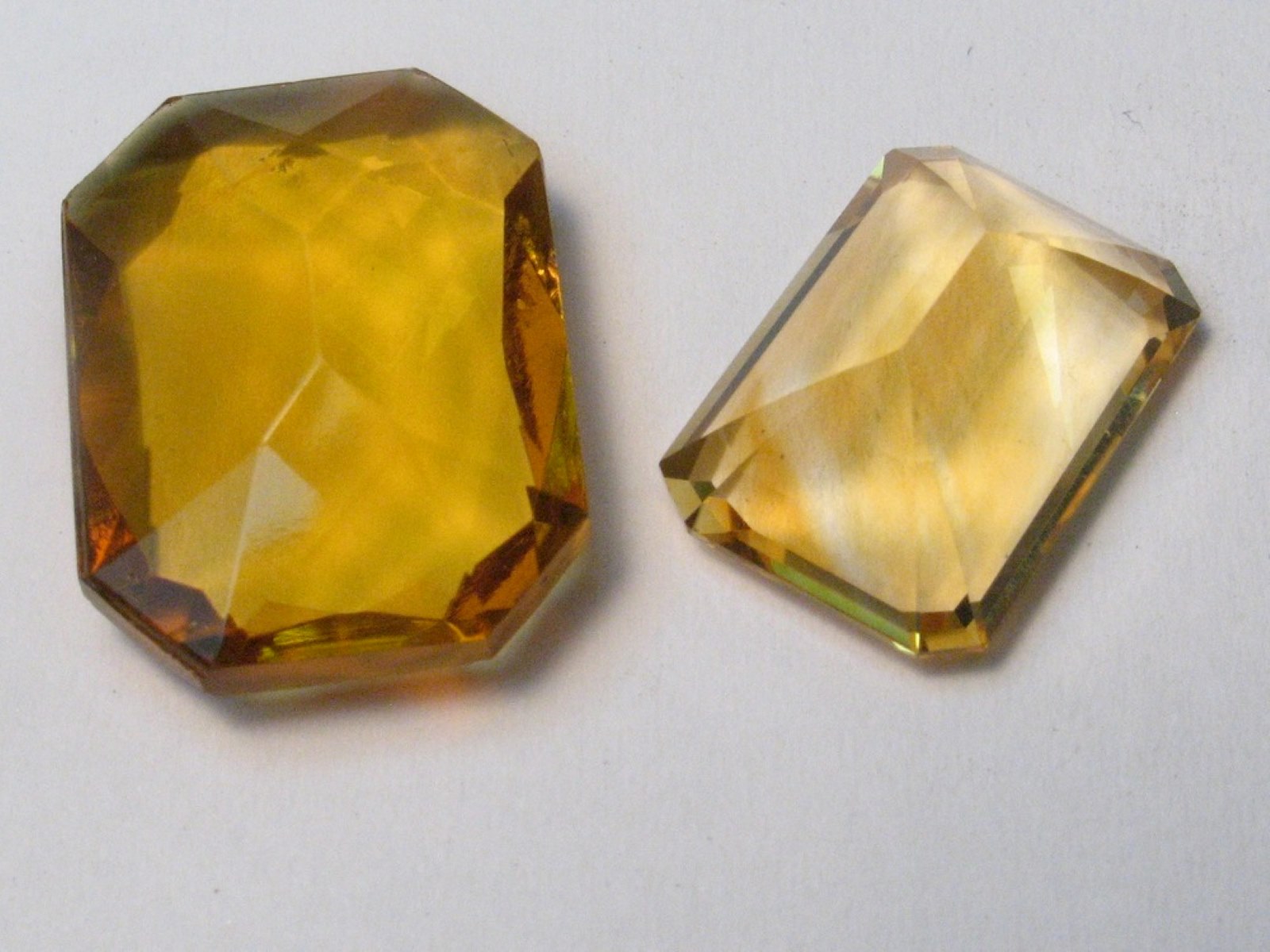

Interior Design Trends
How To Tell If A Gem Is Real Or Glass
Published: February 4, 2024
Learn how to distinguish between real gems and glass in this comprehensive guide. Stay updated on the latest interior design trends. Discover the secrets to identifying authentic gemstones.
(Many of the links in this article redirect to a specific reviewed product. Your purchase of these products through affiliate links helps to generate commission for Storables.com, at no extra cost. Learn more)
Introduction
When it comes to evaluating the authenticity of a gemstone, distinguishing between a genuine gem and a glass imitation can be a challenging task. The allure of gemstones lies not only in their captivating beauty but also in their rarity and value. As such, the ability to differentiate between a real gem and a glass replica is a crucial skill for gem enthusiasts, collectors, and industry professionals alike.
The process of determining the authenticity of a gemstone involves a comprehensive assessment that encompasses various factors, including visual inspection, weight and density, refractive index, hardness, conductivity, and heat conductivity. Each of these aspects plays a pivotal role in ascertaining the true nature of a gemstone, providing valuable insights into its composition and origin.
In this article, we will delve into the intricate world of gemstone authentication, exploring the key indicators that can help discern whether a gem is a genuine natural creation or a man-made imitation. By understanding the nuances of gemstone evaluation, you will gain a deeper appreciation for the art and science of gemology, empowering you to make informed decisions when acquiring or appraising precious gemstones.
As we embark on this enlightening journey, it's important to approach the topic with an open mind and a keen eye for detail. By honing your observational skills and familiarizing yourself with the fundamental principles of gemstone assessment, you will be better equipped to unravel the mysteries concealed within these exquisite treasures. Let's embark on this captivating exploration of gemstone authenticity, where every facet reveals a story waiting to be unveiled.
Key Takeaways:
- Unveiling the Mysteries of Gem Authenticity
Discover the captivating world of gemstone evaluation, where visual, physical, and optical properties offer clues to discern genuine natural gems from glass imitations. Delve into the art and science of gemology to appreciate the timeless allure of authentic gemstones. - The Fascinating Tale of Gemstone Assessment
From visual inspection to weight, density, refractive index, hardness, and conductivity, each facet of gemstone evaluation unravels a story of Earth’s geological heritage encapsulated within these precious treasures. Gain a deeper understanding of the captivating world of gemology and the enduring allure of natural gemstones.
Read more: How To Tell If Milk Glass Is Real
Visual Inspection
Visual inspection serves as the initial step in the process of determining the authenticity of a gemstone. This crucial assessment involves closely examining the gemstone's physical characteristics and visual properties to discern any telltale signs that may indicate whether it is a genuine gem or a glass imitation.
Color and Clarity
The color and clarity of a gemstone are key factors in its visual assessment. Genuine gemstones often exhibit unique and vibrant hues, ranging from deep, rich tones to delicate pastel shades. Natural inclusions, such as tiny mineral deposits or internal fractures, are commonly found in authentic gemstones and can contribute to their distinct appearance. In contrast, glass imitations may lack the depth and complexity of color seen in natural gemstones, often appearing overly uniform and flawless.
Surface Texture and Luster
The surface texture and luster of a gemstone provide valuable insights into its authenticity. Genuine gemstones typically display a characteristic luster that is a result of their crystalline structure and refractive properties. When examining a gemstone, observe how light interacts with its surface, noting the presence of any reflections, refractions, or dispersion of light. Natural gemstones may also exhibit subtle surface imperfections, such as tiny scratches or irregularities, which contribute to their unique identity. In contrast, glass imitations may appear overly smooth and uniform, lacking the nuanced texture and luster of natural gemstones.
Optical Effects
Certain optical effects, such as iridescence, asterism (the display of a star-like pattern), or color change, can be indicative of a genuine gemstone. These captivating optical phenomena are often associated with specific gem varieties, such as opals, star sapphires, and alexandrites, and are a result of the gemstone's internal structure and composition. When conducting a visual inspection, carefully observe the gemstone under different lighting conditions to discern any distinctive optical effects that may be present. Glass imitations, on the other hand, may lack the mesmerizing optical properties exhibited by natural gemstones, appearing static and devoid of dynamic visual allure.
By meticulously scrutinizing the color, clarity, surface texture, luster, and optical effects of a gemstone, one can gain valuable insights into its authenticity. Visual inspection serves as a foundational aspect of gemstone evaluation, providing a window into the captivating world of natural gemstones and the art of discerning their inherent beauty and uniqueness.
Read more: How To Tell Real Gemstones From Glass
Weight and Density
The assessment of a gemstone's weight and density plays a pivotal role in the process of determining its authenticity. By analyzing these physical properties, gemologists and enthusiasts can glean valuable insights into the composition and nature of the gemstone, shedding light on whether it is a genuine natural creation or a synthetic replica.
Weight
The weight of a gemstone, often measured in carats, serves as a fundamental parameter in gemstone evaluation. Genuine gemstones exhibit a specific gravity that is inherent to their mineral composition, resulting in a characteristic weight that is distinct from glass imitations. When handling a gemstone, its weight can provide subtle clues regarding its authenticity. Natural gemstones, formed over millions of years through geological processes, possess a weight that reflects their crystalline structure and elemental composition. In contrast, glass imitations may exhibit a weight that feels disproportionate to their size, lacking the inherent density and heft of natural gemstones.
Density
Density, a measure of mass per unit volume, is a critical aspect of gemstone assessment. Genuine gemstones typically display a specific density that aligns with their mineralogical properties, reflecting the unique arrangement of atoms and molecules within their crystalline lattice. By comparing the density of a gemstone to established reference values for natural gem varieties, gemologists can discern whether the gemstone exhibits the expected density indicative of its authenticity. Glass imitations, on the other hand, may deviate from the anticipated density patterns observed in natural gemstones, revealing discrepancies that hint at their synthetic origin.
Analytical Techniques
In the realm of gemstone evaluation, advanced analytical techniques, such as hydrostatic weighing and immersion methods, are employed to accurately determine a gemstone's density and assess its weight characteristics. Hydrostatic weighing involves submerging the gemstone in a liquid of known density and observing the displacement of the liquid, providing valuable data for calculating the gemstone's density. Similarly, immersion methods utilize the principle of Archimedes' principle to measure the volume and density of a gemstone, offering precise insights into its physical properties.
By meticulously analyzing the weight and density of a gemstone through scientific methodologies, gemologists can unravel the mysteries concealed within these precious treasures, gaining a deeper understanding of their inherent nature and provenance. The interplay between weight, density, and material composition forms a compelling narrative that enriches the tapestry of gemstone authentication, illuminating the captivating journey of discerning the genuine from the imitation.
Refractive Index
The refractive index of a gemstone serves as a fundamental parameter in the realm of gemstone evaluation, offering valuable insights into its optical properties and inherent characteristics. This critical aspect of gemstone assessment revolves around the gemstone's ability to bend and manipulate light, unveiling a captivating interplay of refraction and dispersion that is indicative of its authenticity.
Optical Phenomena
The refractive index of a gemstone, denoted by a numerical value, signifies the degree to which light is refracted as it passes through the gemstone. This optical phenomenon is a result of the gemstone's molecular structure and the manner in which light interacts with its internal lattice. Genuine gemstones, with their crystalline arrangement of atoms and ions, exhibit a refractive index that is inherent to their mineral composition, giving rise to the mesmerizing play of light that distinguishes natural gemstones from their synthetic counterparts.
Gemstone Identification
In the realm of gemology, the refractive index serves as a powerful tool for identifying and differentiating between various gemstone species. Each gem variety possesses a unique refractive index range, allowing gemologists to compare and analyze the refractive properties of a gemstone against established reference values. By measuring the angles at which light is bent and dispersed within the gemstone, gemologists can derive the gemstone's refractive index, unlocking valuable clues regarding its identity and provenance.
Refractometer Analysis
Advanced gemological instruments, such as refractometers, are utilized to precisely measure the refractive index of gemstones. This sophisticated tool employs the principles of light refraction and total internal reflection to determine the gemstone's refractive index with exceptional accuracy. By directing a beam of light through the gemstone and observing the resulting refraction patterns, gemologists can obtain crucial data that aids in the authentication and classification of gemstones based on their refractive properties.
Read more: How To Tell If Salt Lamp Is Real
Authenticity and Brilliance
The refractive index of a gemstone not only serves as a means of identification but also contributes to its visual allure and brilliance. Genuine gemstones, with their distinct refractive properties, exhibit a captivating interplay of light and color, showcasing a brilliance that is a hallmark of their natural origin. When light enters a gemstone and undergoes refraction, it gives rise to a dazzling display of spectral colors and optical effects, adding to the allure and mystique of natural gemstones.
By delving into the intricate realm of refractive index analysis, gemologists unravel the captivating story of light and matter, where the unique optical properties of gemstones converge to create a symphony of color and brilliance. The refractive index serves as a guiding light, illuminating the path to understanding and appreciating the timeless beauty and authenticity of natural gemstones.
Hardness
The assessment of a gemstone's hardness stands as a pivotal aspect of gemological evaluation, offering profound insights into its durability, resilience, and inherent mineral composition. Hardness, a fundamental property of gemstones, is defined by the gem's ability to resist scratching and abrasion, providing valuable clues regarding its authenticity and natural origin.
The renowned Mohs scale of mineral hardness, devised by Friedrich Mohs in 1812, serves as a cornerstone in the realm of gemstone assessment, offering a standardized framework for comparing and ranking the hardness of various minerals and gemstones. This scale, ranging from 1 (the softest) to 10 (the hardest), assigns a numerical value to each mineral based on its resistance to scratching, with diamond, the hardest natural substance, occupying the pinnacle of the scale with a rating of 10.
When evaluating the hardness of a gemstone, gemologists and enthusiasts employ a range of techniques, including the use of specialized tools such as the Mohs hardness testing kit. This kit comprises a set of mineral specimens with known hardness values, allowing gemologists to conduct comparative tests to ascertain the relative hardness of a gemstone. By observing the scratch patterns and abrasion resistance exhibited by the gemstone when tested against minerals of varying hardness, gemologists can derive valuable insights into its position on the Mohs scale, aiding in its identification and authentication.
The hardness of a gemstone not only reflects its physical resilience but also provides clues regarding its geological formation and mineralogical characteristics. Natural gemstones, forged over millennia through geological processes, often exhibit distinct hardness properties that align with their mineral composition and crystalline structure. Conversely, synthetic or imitation gemstones, including glass replicas, may lack the inherent hardness and scratch resistance observed in their natural counterparts, revealing telltale signs of their artificial origin.
By unraveling the intricate tapestry of hardness assessment, gemologists gain a deeper understanding of the enduring nature of gemstones, where the interplay of mineral hardness and geological forces converges to create timeless treasures. The hardness of a gemstone serves as a testament to its resilience and enduring beauty, offering a window into the captivating narrative of Earth's geological heritage and the allure of natural gemstones.
Conductivity
The assessment of conductivity stands as a crucial facet in the comprehensive evaluation of gemstones, offering valuable insights into their electrical properties and inherent characteristics. Conductivity, a defining attribute of gemstones, encompasses both electrical and thermal conductivity, providing a window into the gemstone's composition and origin.
Electrical Conductivity
The electrical conductivity of a gemstone serves as a key indicator of its authenticity and natural origin. Genuine gemstones, with their crystalline structure and mineral composition, may exhibit varying degrees of electrical conductivity, influenced by the presence of trace elements and structural defects within the gemstone lattice. Certain gem varieties, such as diamonds and some colored gemstones, may display detectable levels of electrical conductivity, contributing to their unique identity and gemological significance. By employing specialized instruments, such as conductivity meters, gemologists can measure and analyze the electrical conductivity of gemstones, unraveling the subtle nuances that distinguish natural gems from synthetic counterparts.
Read more: How To Tell If Glass Is Tempered
Thermal Conductivity
Thermal conductivity, another essential aspect of gemstone assessment, pertains to the gemstone's ability to conduct heat. This property is influenced by the gem's molecular structure and elemental composition, reflecting its thermal behavior and response to temperature variations. Natural gemstones, formed through geological processes over extended periods, often exhibit distinctive thermal conductivity patterns that align with their mineralogical characteristics. By conducting thermal conductivity tests, gemologists can gain valuable insights into the gemstone's thermal properties, discerning whether it displays the expected conductive behavior indicative of its natural origin. Glass imitations and synthetic gemstones may exhibit thermal conductivity patterns that deviate from those observed in natural gems, providing discernible clues that aid in their differentiation from genuine gemstones.
Gemological Significance
The assessment of conductivity holds profound gemological significance, offering a multifaceted perspective on the nature and authenticity of gemstones. By delving into the realm of electrical and thermal conductivity, gemologists unravel the captivating story of a gemstone's elemental composition, structural integrity, and geological provenance. These insights not only contribute to the gemstone's identification and classification but also enrich the tapestry of gemological knowledge, shedding light on the intricate interplay of physical properties and material characteristics that define natural gemstones.
In the realm of gemstone evaluation, the assessment of conductivity serves as a cornerstone in the quest to discern the genuine from the imitation, where the subtle nuances of electrical and thermal behavior converge to reveal the timeless allure and authenticity of natural gemstones.
Heat Conductivity
Heat conductivity, a fundamental aspect of gemstone assessment, offers profound insights into a gemstone's thermal properties and its ability to conduct heat. This critical parameter plays a pivotal role in the comprehensive evaluation of gemstones, providing valuable clues regarding their natural origin and inherent material composition.
Natural gemstones, forged over millennia through geological processes, often exhibit distinctive thermal conductivity patterns that align with their mineralogical characteristics. The manner in which a gemstone conducts heat is influenced by its molecular structure, elemental composition, and internal lattice arrangement. These factors contribute to the gemstone's thermal behavior, reflecting its response to temperature differentials and the transmission of heat energy.
When conducting thermal conductivity tests, gemologists employ specialized instruments to measure and analyze the gemstone's heat conductive properties. By subjecting the gemstone to controlled temperature variations and observing its thermal response, gemologists can glean valuable insights into its thermal conductivity, discerning whether it exhibits the expected conductive behavior indicative of its natural origin.
Genuine gemstones, with their inherent thermal properties, may display distinct heat conductivity patterns that align with their mineral composition. This characteristic thermal behavior serves as a testament to the gemstone's geological heritage and enduring nature, reflecting the intricate interplay of geological forces that shaped its formation over geological time scales.
In contrast, glass imitations and synthetic gemstones may exhibit thermal conductivity patterns that deviate from those observed in natural gems. These discrepancies provide discernible clues that aid in the differentiation of genuine gemstones from their synthetic counterparts, shedding light on the subtle nuances that distinguish natural creations from man-made replicas.
The assessment of heat conductivity holds profound significance in the realm of gemstone evaluation, offering a window into the captivating narrative of a gemstone's thermal properties and its enduring legacy. By unraveling the intricate tapestry of heat conductive behavior, gemologists gain a deeper understanding of the timeless allure and authenticity of natural gemstones, where the interplay of material characteristics and thermal conductivity converges to reveal the captivating story of Earth's geological heritage encapsulated within these precious treasures.
Conclusion
In the realm of gemstone authentication, the journey of discerning the genuine from the imitation unfolds as a captivating exploration of visual, physical, and optical properties. From the initial visual inspection, where the gemstone's color, clarity, surface texture, and optical effects offer glimpses into its inherent nature, to the meticulous analysis of weight, density, refractive index, hardness, and conductivity, each facet of gemstone assessment contributes to a comprehensive tapestry of authenticity.
The interplay of these critical parameters serves as a testament to the enduring allure and intrinsic value of natural gemstones. Through visual inspection, gemologists and enthusiasts gain a profound appreciation for the nuanced beauty and unique characteristics exhibited by genuine gemstones, where the play of light, color, and texture unveils a mesmerizing symphony of natural artistry.
The assessment of weight and density provides valuable insights into the gemstone's physical properties, shedding light on its inherent composition and geological provenance. By delving into the realm of refractive index analysis, gemologists unravel the captivating story of light and matter, where the unique optical properties of gemstones converge to create a symphony of color and brilliance.
The evaluation of hardness offers a glimpse into the enduring nature of gemstones, where the interplay of mineral hardness and geological forces converges to create timeless treasures. The assessment of conductivity, encompassing electrical and thermal properties, enriches the tapestry of gemological knowledge, shedding light on the intricate interplay of physical properties and material characteristics that define natural gemstones.
As the journey of gemstone authentication unfolds, each facet reveals a story waiting to be unveiled, where the timeless allure and authenticity of natural gemstones shine through. By honing their observational skills and delving into the intricate nuances of gemstone assessment, enthusiasts and industry professionals alike gain a deeper understanding of the captivating world of gemology, where every facet tells a tale of Earth's geological heritage encapsulated within these precious treasures.
Frequently Asked Questions about How To Tell If A Gem Is Real Or Glass
Was this page helpful?
At Storables.com, we guarantee accurate and reliable information. Our content, validated by Expert Board Contributors, is crafted following stringent Editorial Policies. We're committed to providing you with well-researched, expert-backed insights for all your informational needs.


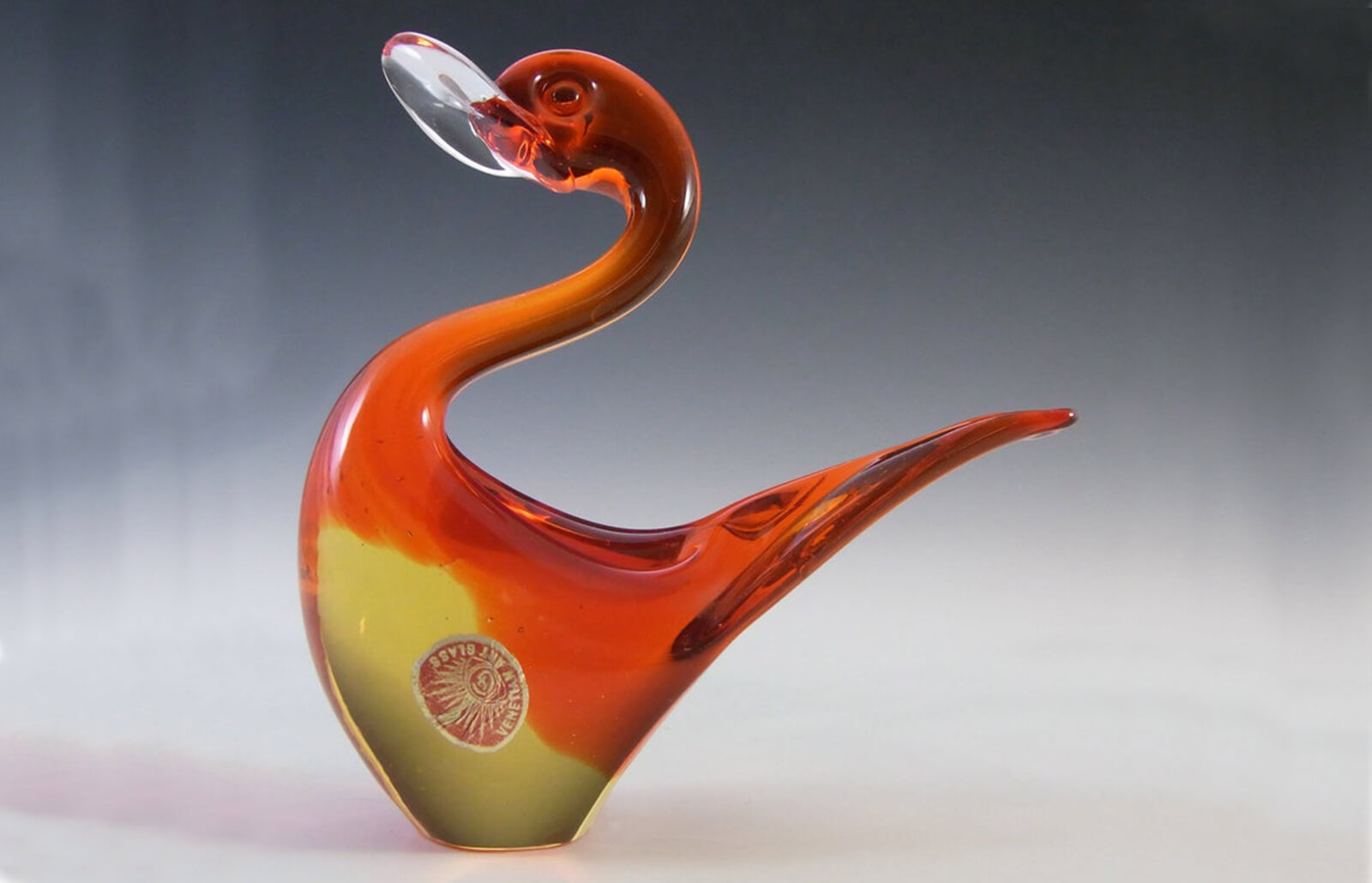


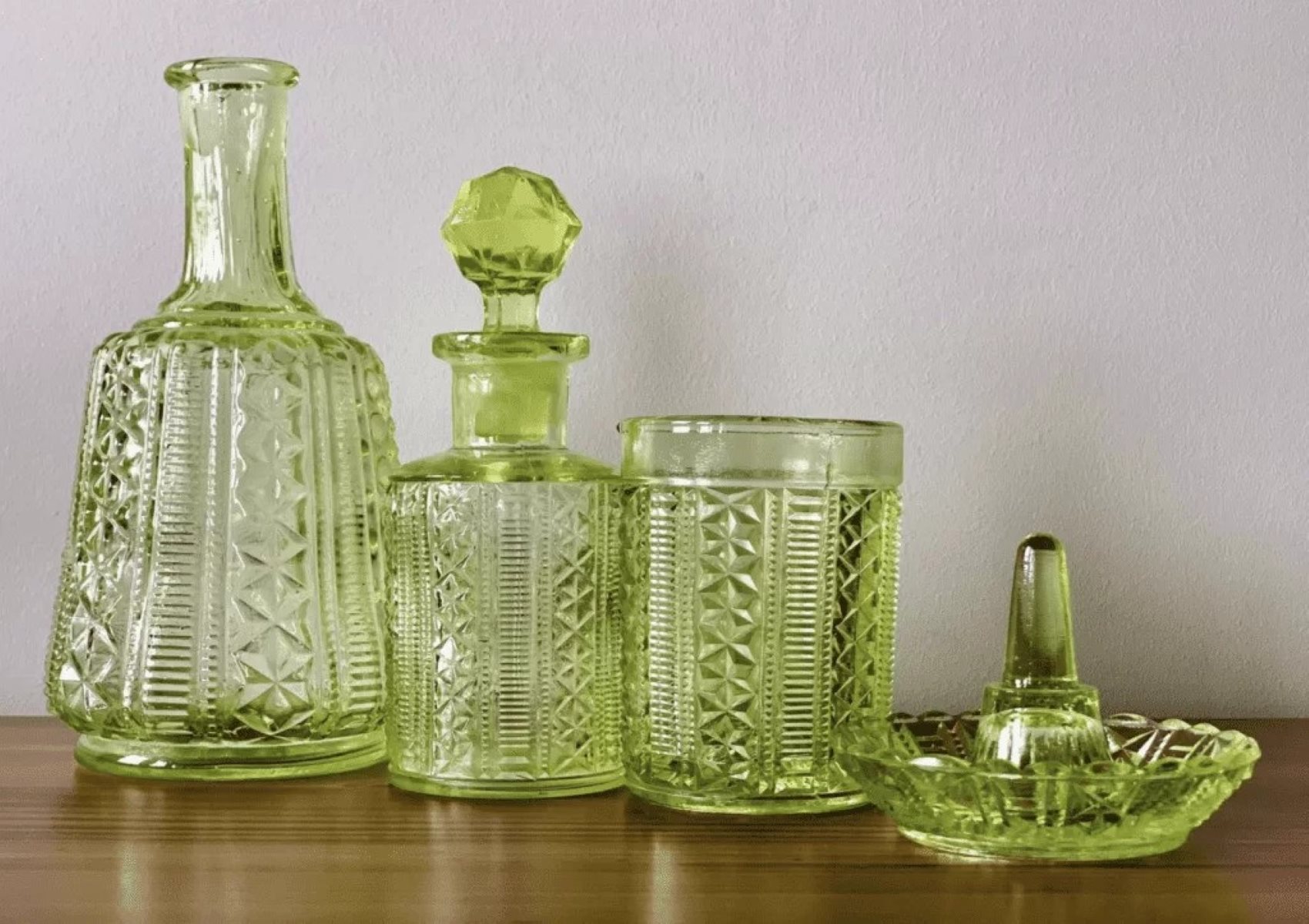
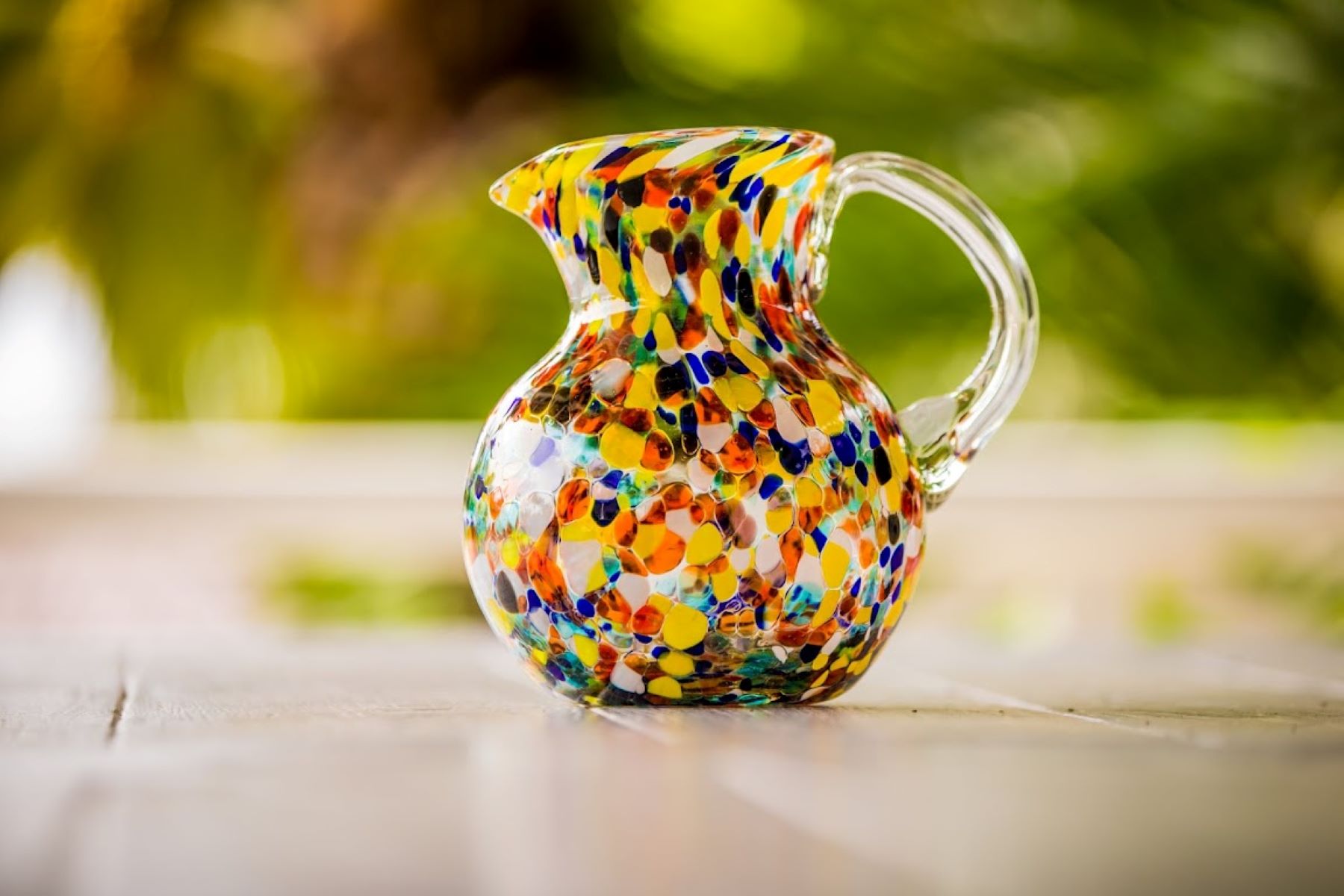



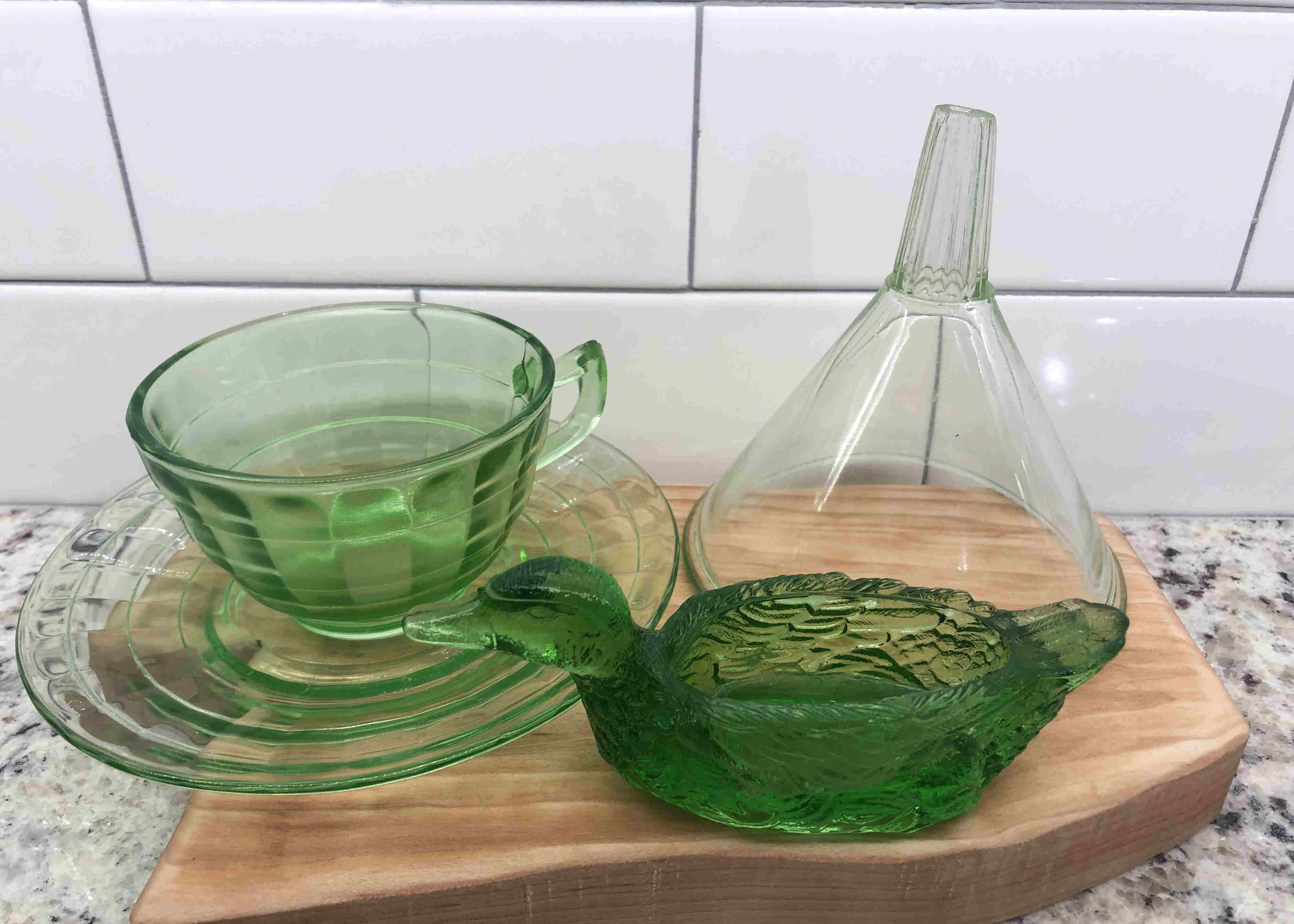

0 thoughts on “How To Tell If A Gem Is Real Or Glass”